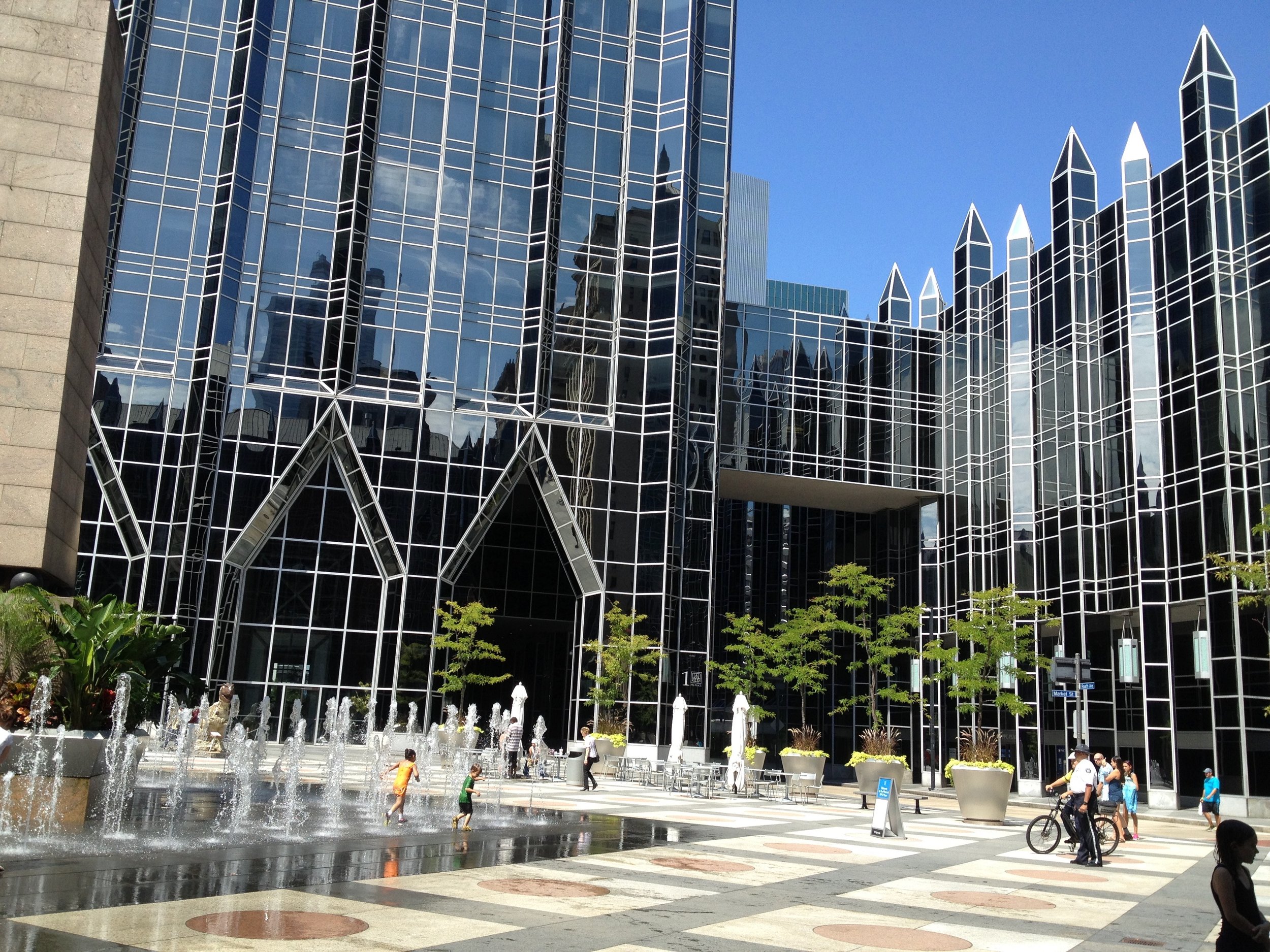The moments when seemingly disparate threads of our interests and professional directions intertwine and reveal a pattern, connecting past and present, are beautiful to me. This post is about how a recent learning experience reminded me of how “place” is one unifying theme in my work and life.
On June 13, I joined one of the best Greater Boston Evaluation Network presentations I’ve ever attended—Using Space and Plan to Enhance Program Evaluation by Katie Butler. Katie is the founder and principal evaluator of The Geoliteracy Project. In her talk, she featured ways we could use place (physical location) and space (your context for a place, e.g., your classroom) to enhance evaluations, whether process or outcome studies. I’ve thought about her presentation many times and ways that place and space have been a part of my work (and life). I’ve often reflected on how fortunate I was to grow up in safe neighborhood, with kind neighbors, plenty of space and a garden, in a relatively affordable city (Pittsburgh), within walking distance to cultural institutions, my schools, and parks. The economic and structural situation of my tiny family changed dramatically for the worse between my infancy and school age, and later, there would have been no way we could have landed in that home, if we hadn’t already been there. We had no car after I turned 4, nor could we afford one, so walkability and public transit were critical and thankfully excellent. Place contributed to my resilience. When I was at City Year, the organization talked about how a zip code should not determine the quality of a child’s education and future. In my work with Fishing Partnership, “place” is a critical part of nearly every conversation (e.g., the community health workers who are from the fishing communities they serve, bringing preventive healthcare to the docks where fishermen are, the contributions of the fishing industry to their port towns and the economy of Massachusetts, the risks of the sea and the ways fishermen serve as first responders). Anyway, during her presentation, Katie’s passion and skills were evident, and I kept thinking about a formative experience in my career and one of my most important mentors.
I got to practice so many skills, that I still use today in my first job out of college. For 3 years, I served as a Research Associate for a large NIH study at the University of Pittsburgh Medical Center with Herb Needleman, M.D. We studied the neurocognitive and behavioral effects of low levels of lead exposure among boys living in the city of Pittsburgh, who had first been a part of another longitudinal study. Herb was a hero and my mentor. He trusted me and treated me like a colleague from the first time he interviewed me, and I treasured our lunches years later on my visits home from graduate school. On my first day of work, Herb gave me a manual for the new software he had purchased to build our study’s database and trusted me to build it. Herb and my other exceptionally wonderful boss, mentor, and friend, Julie Riess, Ph.D. nurtured my learning and interests. Thanks to them, my first publication was in JAMA and meaningful to policy (Needleman HL, Riess JA, Tobin MJ, Biesecker GE, Greenhouse JB. Bone Lead Levels and Delinquent Behavior. JAMA. 1996;275(5):363–369); you can read more about it here.
Maybe another time, I’ll describe all the things I got to do and learn while working with Herb and how it was a lucky combination of events that I even ended up there. What I most want to do today is to honor Herb. There are so many books and articles about him and by him, but for now, I hope you will read the links below. In recent years, we’ve witnessed the lead water crisis in Flint, Michigan and the devastating effects of environmental toxins in too many other places. We see how we are connected in this world as the air quality in the U.S. is affected by the fires in Canada. Science and bravery still matter.
https://www.pbs.org/wgbh/nova/article/herbert-needleman/
https://ehp.niehs.nih.gov/doi/10.1289/EHP2636
